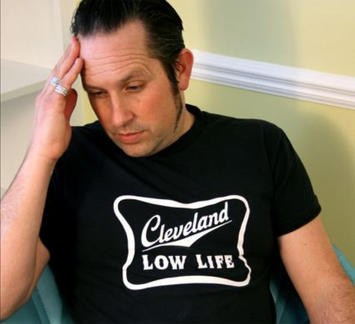
I grew up on a Rust Belt street in a Rust Belt city: Colgate Avenue in Cleveland, Ohio. The street had an alley. It had working-class kids born to working-class parents. Life on the street wasn’t idyllic. But that’s not how life is, particularly in Cleveland. The city can be exceptional in its realism. “America has only three cities: New York, San Francisco, and New Orleans,” said playwright Tennessee Williams. “Everywhere else is Cleveland.”
I remember my neighbor’s house, green with aluminum siding. The Mills family lived there. Mr. Mills, a Kenny Rogers lookalike, came up from West Virginia for a job in the mills. But by the mid-1980s the family left, moving to the bungalowed-suburb of Middleburgh Hts. Their American Dream was Cleveland’s American nightmare. By 1990, the city’s population declined by nearly 40% from its peak. The loss was due to folks like the Mills leaving, coupled with a growing absence of people moving in.
The lack of people arriving couldn’t be blamed on an unaccustomedness with Cleveland. Throughout its history, the city never lacked for press, both the shaming kind and the lauding kind. But it was the shame that stuck. And it’s the shame that persists.
Cleveland’s shiniest badge of dishonor came from a 1969 piece in Time magazine called “America’s Sewage System and the Price of Optimism”. “Almost every great city has a river,” it began. “The poetic notion is that flowing water brings commerce, delights the eye, and cools the summer heat. But there is a more prosaic reason for the close affinity of cities and rivers. They serve as convenient, free sewers.”
The story would go on to highlight a small fire a few months prior on Cleveland’s Cuyahoga River. “[The Cuyahoga] oozes rather than flows” the piece read. A photo was shown of firefighters using water to put out water on fire. And while the picture Time used was not even from the fire in 1969 — the one shown was from a fire on the Cuyahoga back in 1952 — it was the optics that mattered, the visual conveying that Cleveland was a place that commits unholy acts...
Read the rest of this piece at RicheyPiiparinen.Medium.com.
Richey Piiparinen studies the life of Rust Belt cities at Cleveland State. Co-Founder, Rust Belt Analytica. Director, “Life After Rust”. Husband, father, Clevelander.












